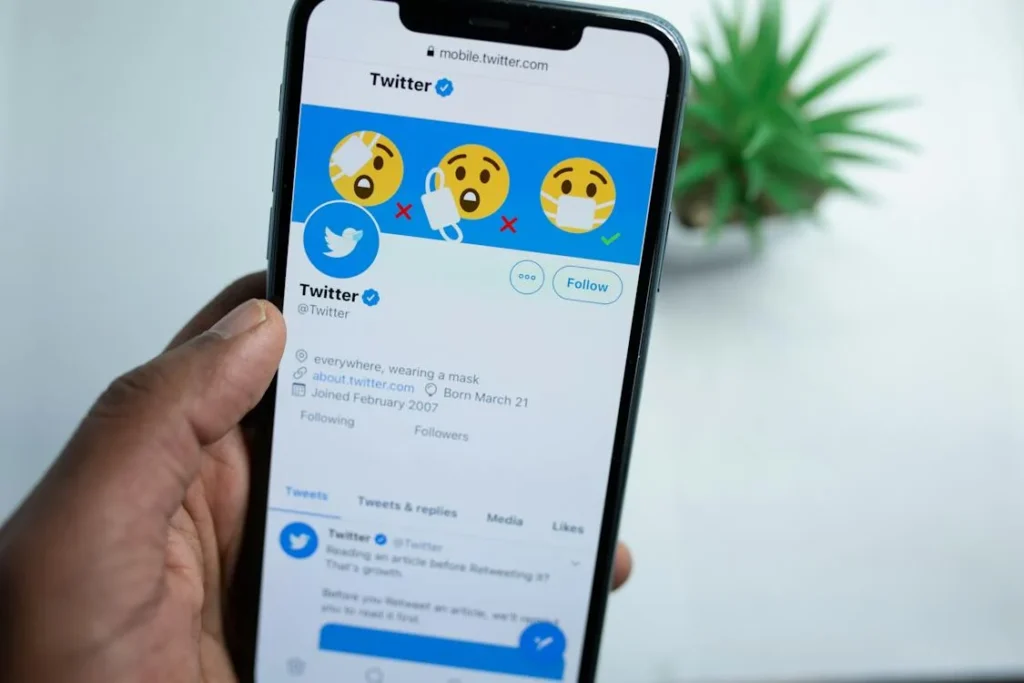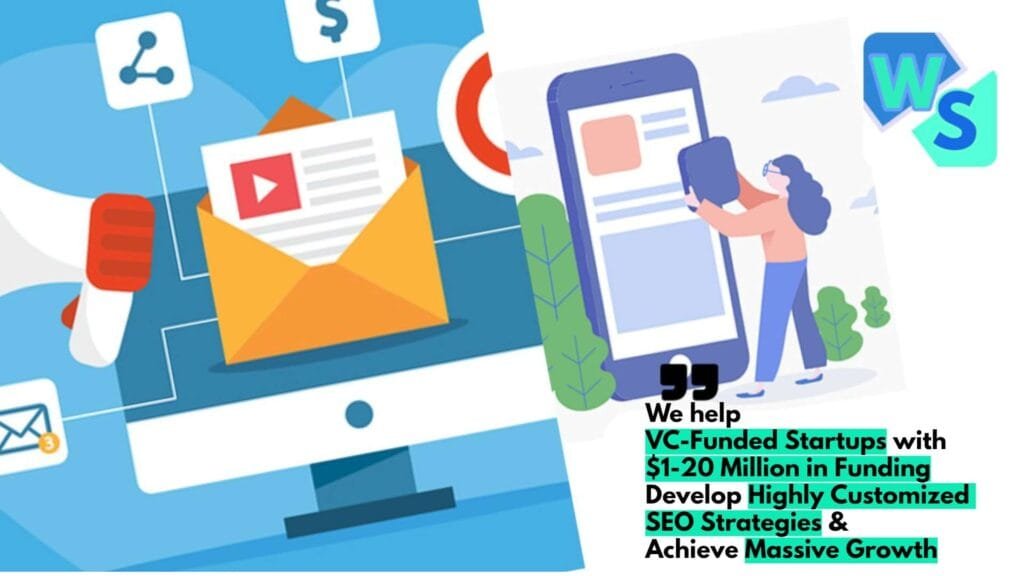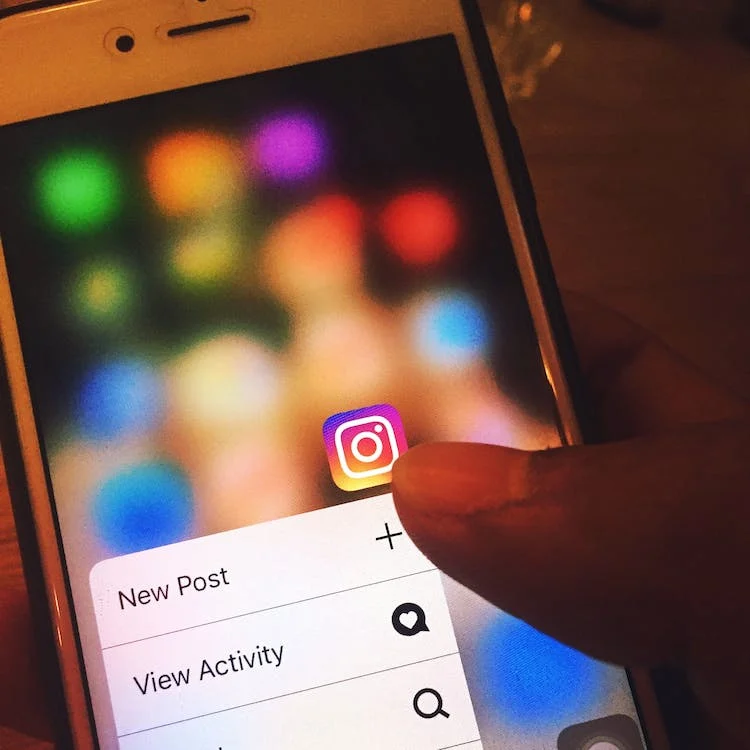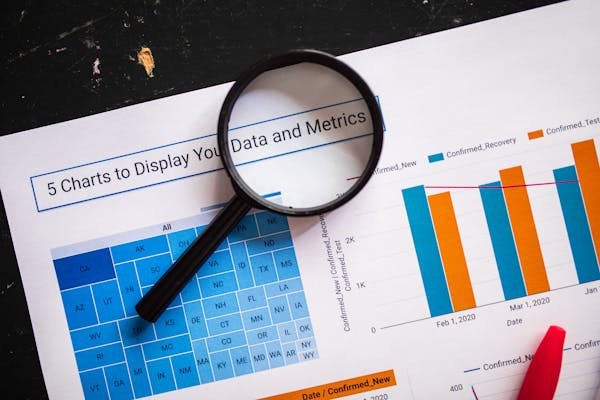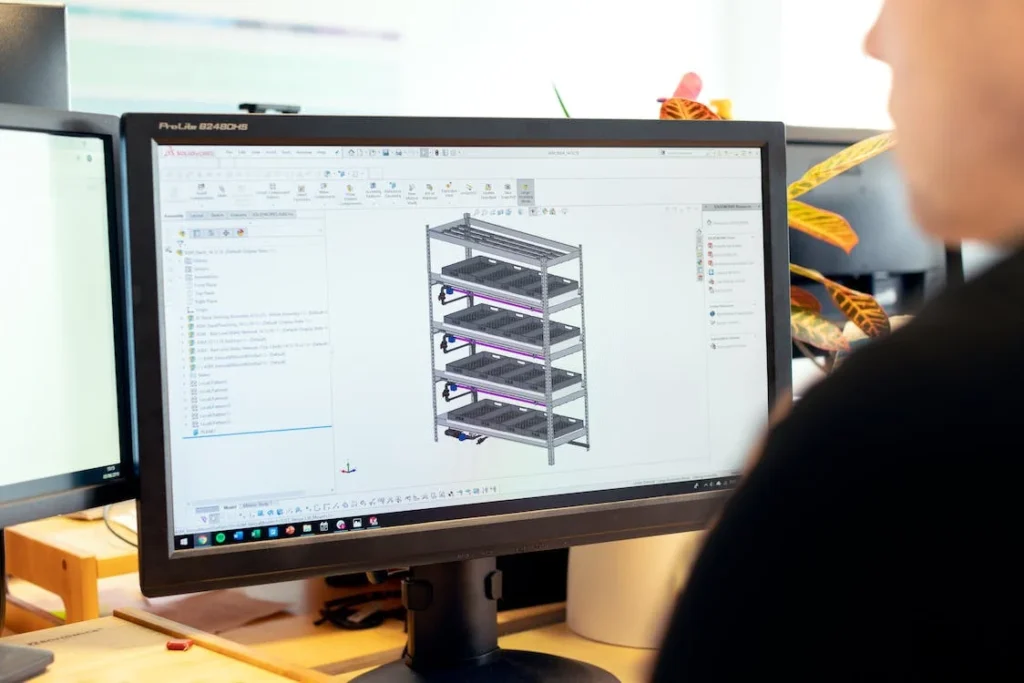Understanding Product Development
Importance of Market Research
Imagine setting sail without knowing the tides or the weather. That’s what launching a new product without market research feels like. It helps you figure out what folks really need, spots potential snags, and even highlights where you might shine. This involves poking around at the nitty-gritty like market worth, how many people care, what nifty features to include, pricing that won’t scare people away, your game plan, how you’ll talk it up, sizing up the competition, spotting what’s trending, and getting a handle on how folks behave.
Here’s a quick look at what you’d dive into with market research:
| Key Thingamajig | What It’s All About |
|---|---|
| Market Worth | Can your product make a splash where you’re aiming? |
| How Many Care | Are folks gonna line up to buy it, and do they have cash for it? |
| Cool Extras | What bells and whistles do they really want? |
| Pricing | What price point won’t make ’em run for the hills? |
| Game Plan | How do you want people to see your product? |
| Competitor Check | Who’s doing what you wanna do, and can you do it better? |
Diving into market research means you’re making choices that aren’t just stabs in the dark. Check out more on the product development path.
Setting Clear Objectives
Before jumping into market research, knowing exactly what you’re after is like having a compass. It clears the haze on what you need to discover, what you’re shooting for, the steps you’ll take, and who gets first dibs on testing. Setting the right goals keeps your eyes on the prize and gives your product the best shot at knocking socks off.
Here’s what to think about when pinpointing your objectives:
| Focus Area | What’s Up |
|---|---|
| Info Needed | What do you need in your back pocket, like customer likes or market vibes? |
| Your Hopes | What’s the big win from all this legwork—handy numbers or insights you’re after? |
| Next Moves | What’s the game plan based on the scoop you gather, like fine-tuning or pivoting? |
| Who’s Testing | Who gets to test drive the product, and do they fit the bill for your target crowd? |
Laying down clear objectives means your research doesn’t go off on some wild goose chase. It helps tie your research hustle to what your business is gunning for, eventually boosting your product’s luck in the market. Want more tips? Check out new product development moves that can steer your ship right.
New Product Development Research
Digging into research for new product development is like setting the foundation for your ultimate creation. You’ve got to make sure what you’re bringing to the table is spot on with what people want and need. So, let’s break it down: nailing the factors that steer your research ship and finding the right market research buddies to hang with.
Factors Influencing Research Scope
Your game’s got to be tight when it comes to research for developing a new product. Start by nailing down exactly what you want to achieve. You gotta be crystal clear on what you’re hoping to discover, who you’re targeting, and what you plan on doing with the results. Being wishy-washy here can throw a wrench in the works and cost you big time Drive Research.
| Factor | What to Focus On |
|---|---|
| Objectives | Get your research goals straight to keep your eye on the prize. |
| Budget | Decide how much dough you’re shelling out to guide your research’s reach. |
| Target Audience | Pinpoint who you’re creating for and ensure the tests reflect that. |
| Testing Method | Pick between home tests, surveys, or focus groups based on your means. |
Getting specific here is key, especially when you’re sending out your product for a spin at someone’s crib. Make sure your instructions aren’t a jigsaw puzzle.
Engaging Market Research Partners
Teaming up with a market research ace is a smart move, especially if you’re juggling both deep-diving and number-crunching research. Having this type of ally can cut down your legwork and the hassle of hunting down willing testers or survey takers Drive Research.
Market research pros come packing experience and connections that’ll get the data you need pronto. They’ll help you figure out what folks like or don’t like, so you can tweak your product accordingly.
| Benefit | What It Means For You |
|---|---|
| Time Efficiency | Shrinks the time spent finding folks and getting the nitty-gritty. |
| Expertise | Taps into market research skills you might not have in-house. |
| Resource Allocation | Frees your squad to focus on other creation magic. |
| Comprehensive Insights | Delivers a deep dive into the research results. |
By keeping these elements in mind and working with partners that know their stuff, you’ll boost the quality of your research and lay the groundwork for a killer product launch. Want more tips on conquering the research stage? Check out our pieces on new product development strategies and market research for product development.
Agile Methodology in Product Development
Jumping aboard the Agile train can seriously up your team’s game and make your final product shine. Instead of sticking rigidly to a plan, this approach is all about staying flexible, working together, and being quick on the uptake when things shift, and it’s buzzing more than an all-you-can-drink coffee shop.
Agile Principles and Values
The Agile crew is by no means winging it. There’s a set of 12 guiding principles driving their method, focused on streamlining processes and boosting the stuff they churn out. Here’s what they’re all about:
- Making the customer smile by continually churning out stuff people actually want
- Welcoming changes whenever they come wandering in
- Pumping out updates like it’s a Netflix series
- Team huddles with business folks and techies
- Empowering teams and letting them take the wheel
- Chatting up everyone concerned to keep the lines open
- Healthy pace, no burnout zones here
- Top-notch designs and coding prowess
- Keeping things simple, cutting the fluff
- Teams run themselves, building the right stuff
- Stop, look, and learn after each round to get better
Get a handle on these and you’ll be well on your way to getting Agile practices off the ground and delivering work that adapts while keeps folks happy (Epicflow).
Agile Product Development Process
Those Agile peeps work through a repeat-and-improve cycle that’s built for constant tweak and feedback. Here’s the gist of their process:
- Dream stage: Cook up the big idea and basic must-haves.
- Game plan: Map out what to tackle in the next sprint round.
- Sketching it out: Whip up early versions for feedback.
- Construction zone: Build it up with code and magic.
- Pass the test: Make sure it holds up under scrutiny.
- Remember the good, fix the bad: Post-sprint, figure out what rocked and what sucked.
- Roll it out: Let loose to the users and score their take.
- Fix-ups and future plans: Keep improving and keep up support.
- Back to the top: Add layers, make it better, and do it again (Epicflow).
This rinse-and-repeat cycle ensures you’re always tweaking, never settling, and keeping pace with what folks need. Grasping the Agile mindset can skyrocket your development chops. For a deeper dive into each stage, hit up our detailed guide on stages of product development.
Product Development Stages
Cooking up a product from idea to market debut’s like baking a cake. You need the right steps to keep things rising and scrumptious. So, let’s check out what gets you from aha moment to store shelf.
From Idea to Launch
Turning an idea into a sellable gizmo involves seven main steps you can’t skip:
- Idea Generation: All about brainstorming what folks might want using solid market snooping and what your customers like to babble about.
- Idea Screening: Time to sift through your brain dump to spot the gems worth polishing.
- Strategizing: Nail down who’s buying, place your product in the right spot, and make sure it’s gold for your biz (Atlassian’s got your back).
- Mapping It Out: Lay out a timeline and tick off your milestones—like a to-do list but make it snazzy.
- Prototyping: Bring your gadget to life so you can poke at it and see if it’s got potential.
- Testing: Check it, stress it, and pass it through the wringer. Feedback’s your buddy here.
- Launching: Once it’s 100%, unleash it to the eager masses.
Stick to these steps and your bright idea might just take the world by storm.
| Stage | What’s Happening |
|---|---|
| Idea Generation | Dreaming and scheming |
| Idea Screening | Cherry-pick the winners |
| Product Strategy | Hitting the target market and spinning some gold |
| Product Roadmap | Setting a path and keeping an eye on the clock |
| Prototyping | Bringing ideas to life |
| Testing | Getting some real-world feedback |
| Launch | Meet your audience with a bang! |
Using Jira to Get Your Product Off the Ground
Jira’s like that one friend who always knows what’s up—keeps the team in sync while hustling toward the finish line. Teams dabbling with Jira can juggle ideas with grace and should make good use of Jira Product Discovery matrices. It’s the real MVP for sorting the catches from the duds.
Jira’s got your team’s back, lining up all efforts on one neat roadmap, making sure everyone sings the same tune. It packs all the must-have tools for overseeing work right from the starting blocks to the home stretch. Jira shines when you’re planning sprints, managing blueprints, and optimizing tests.
By taking a more organized approach to product creation and leaning on trusty tools like Jira, you’re that much closer to spinning your innovative ideas into real-world delights. Don’t miss out—check out our two cents on product development documentation and product development stages for more handy hints.
Prototyping in Product Development
Prototyping’s where the magic happens in product development. Think of it as your test drive before launching into production. Craft prototypes early on, and you’ll spot design hiccups, get valuable stakeholder opinions, and double-check you’re on the right path with what users crave.
Importance of Prototyping
Prototyping’s your secret weapon from the get-go in the software development journey. It’s your product’s first look, which is super handy for winning over stakeholders and getting the whole team talking. A solid prototype’s like the ultimate translator among your crew, the bosses, and the users—it’s visual and hands-on, making everything clearer.
Here’s how prototyping pulls its weight in product development:
| Role of Prototyping | Benefits |
|---|---|
| Spotting Problems Early | Catch those pesky design goofs and missing features from the start, saving you time and cash later. |
| Keeping Users Happy | Make sure you’re building what users actually want and keeping up with market shifts. |
| Better Communication | A picture’s worth a thousand meetings—get everyone on the same page with an interactive model. |
| Speedier Development | Jumpstart the timeline, so you’re hitting the market sooner. |
Benefits of Effective Prototyping
Get prototyping right, and it’s like jet fuel for your product development.
- Save Money: Fixing stuff during prototyping is way cheaper than in later stages. Skip the pricey fixes.
- Ready for Action: Use prototypes for sneak peeks with users. Their feedback’s gold, helping you tweak and perfect.
- Quick Adjustments: User preferences and market vibes shift, but with a flexible prototype, you’ll roll with the punches.
- Rapid Changes: The name of the game is speed—quicker production means you’ll be selling faster.
Prototyping techniques to keep in your toolbox:
- Paper Prototyping: Old-school sketches for speedy brainstorming.
- Digital Prototyping: Tools for the tech-savvy, offering interactive digital mock-ups.
- Functional Prototyping: Real stuff you can touch, making sure everything fits and works as it should.
Bring prototyping into your design and development mix to stick with the big-league strategies in product creation.
Product Development Process
The product development process is your roadmap for getting a bright idea off the drawing board and into the hands of customers. It’s broken into six main steps that help keep things organized and teams working together like a well-oiled machine.
Six Essential Phases
Here are the six stages of product development you need to know about:
Idea Generation: This is where you let the creative juices flow, coming up with new ideas to solve problems or meet needs in the market. Think of it like a playground for your brain.
Product Definition: Now, you sift through those ideas and start shaping a plan. You decide what the product is all about and who it’s for.
Prototyping: Time to get your hands dirty! You create a basic model or MVP to see if it works and to start getting feedback.
Initial Design: Your product starts looking real, like a digital sketch turning into a masterpiece with all its features and details.
Validation and Testing: This is the testing grounds. You check if it matches up to what customers want and polish anything that’s rough around the edges.
Commercialization: Roll out the red carpet, it’s launch time! Set it up with a solid marketing plan.
For more tips on these phases, check out our guide to product development life cycle.
| Phase | Description |
|---|---|
| Idea Generation | Cook up and gather a variety of potential product ideas |
| Product Definition | Pick the best ideas and lay out a product plan |
| Prototyping | Build a sample (MVP) to test the waters |
| Initial Design | Flesh out product specifics and design |
| Validation and Testing | Test, tweak, and make sure everything’s customer-ready |
| Commercialization | Get it to market with a strong marketing push |
Role of Product Development Team
A good team can make or break this whole process. Here’s who you need on board:
- Product Management: They hold the map, keeping everything on track.
- Project Management: They’re the timekeepers, making sure deadlines are smacked and resources well spent.
- Design: Their job is to make it look and feel awesome.
- Development: The builders, these folks make sure what you want is doable.
- Marketing: They’re the megaphone, making sure folks hear about it.
- Sales: Eyes and ears on the ground, they know what customers crave and bring back precious feedback.
Everyone plays a part to ensure a smooth launch and keep things grooving at every step. Want more on team dynamics? Take a peek at product development and management and new product development strategies.
Market Research for Product Development
Getting a good grasp of the market is super important when you’re working on a new product. Doing some research isn’t just one of those boxes you gotta tick off. It’s about seeing if your bright ideas can really take off or if your current stuff needs some tweaking. We’re gonna break down why market research matters and give you a lowdown on two main methods: qualitative and quantitative.
Significance of Market Research
Market research isn’t optional—it’s essential for crafting a product that hits the mark. It’s like having a road map, helping you find golden opportunities, get into your customer’s head, keep an eye on those pesky competitors, and use customer feedback to build something that people are gonna rave about (Attest). Without solid research, you might roll out a product that doesn’t quite fit the bill or capture enough attention.
Here’s what proper market research can do for you:
| Perk | What It Does For You |
|---|---|
| Spotting Opportunities | Find where there’s a gap or what people are itching for. |
| Digging into Customer Insights | Get the 411 on what makes your audience tick. |
| Sizing Up Competitors | Scope them out so you can stand out. |
| Listening to Feedback | Grab what’s working and what’s not straight from the horse’s mouth. |
Qualitative vs. Quantitative Research Methods
When it comes to research, you’ve got two flavors: qualitative and quantitative. Each brings something different to the table when you’re trying to figure out what customers are up to.
Qualitative Research
Think of qualitative research like having a heart-to-heart. It’s all about the why, getting into customers’ heads to see what’s really going on. Talking to people, having some group chats, or leaving the floor open for their thoughts gives you juicy details on their experiences and feelings. This is gold when you’re shaping up a new product.
| Qualitative Technique | Why Use It |
|---|---|
| Interviews | Dive deep for those one-on-one insights. |
| Focus Groups | Round up a bunch to bounce off ideas. |
| Open-Ended Surveys | Let folks spill the beans without constraints. |
Quantitative Research
Quantitative research, however, is the numbers game. It’s about crunching data like customer interest and buying habits. You know, those surveys with tick boxes and watching how people really use stuff can help you figure out how your product might perform.
| Quantitative Technique | Why Use It |
|---|---|
| Surveys | Get hard numbers on what’s trending among customers. |
| Experimentation | Tweak and test to see what works best. |
| Observational Studies | Watch and learn how people interact with products as they go about their day. |
Mixing these two kinds of research paints a fuller picture. You get both the story and the stats, handing you a well-rounded perspective that can sharpen your product planning (Attest). By tapping into market research for product development, you’re setting the stage for products that not only hit the nail on the head for your audience but also stand out like a peacock in a flock of pigeons.
Prioritizing Product Features
Making the right choices about which features to focus on can take your product from ‘meh’ to amazing. Nail this part, and you’ll keep both customers and your boss happy.
Strategies for Feature Prioritization
Check out these different ways to figure out which features deserve your attention:
Value Versus Complexity Model: Think of it like getting the most bang for your buck. You want the features that deliver huge benefits without a whole lot of sweat. Prioritize the features that offer tons of value for little effort, making the most of your team’s talents and time ProductPlan.
Cost of Delay Framework: Imagine leaving money on the table by dragging your feet. This framework helps you figure out which features will make you more money if you work on them now instead of later. It’s all about smart financial choices Product School.
Mixing Discovery and Delivery: Keep a balance by splitting the process into two: figuring out the problem and then designing the solution. This approach helps keep things moving smoothly to make sure neither stage lags behind the other Product School.
Resource Optimization: Don’t stretch your team too thin. Focus their energy on fewer but more powerful projects. This makes it easier to make great decisions and innovate like a boss Product School.
| Strategy | What It Means |
|---|---|
| Value vs. Complexity | Go for high value and low complexity first. |
| Cost of Delay | Don’t leave money on the table; prioritize high ROI features. |
| Mixing Discovery and Delivery | Keep things balanced for smooth progress. |
| Resource Optimization | Zero in on less but more impactful projects. |
Importance of Key Objectives
Clearly defined goals are your roadmap in picking the right features to develop. These guideposts ensure that what you build lines up with the bigger picture of your company.
Align Stakeholder Expectations: Ever been in a room where one person wants something fancy but another thinks simple is best? Stakeholders often have different viewpoints. It’s important to get everyone on the same page to create a product that matches everyone’s expectations Product School.
Achieving Strategic Focus: Key objectives act like a GPS for the development journey. Without them, it’s easy to veer off into unnecessary features. Staying focused keeps everyone on track and boosts project success.
Using these prioritization strategies and sticking to your key objectives will help you iron out your product development process and boost your results. For even more tips, have a look at the product development life cycle or dig into different new product development strategies.










